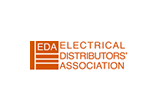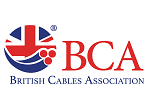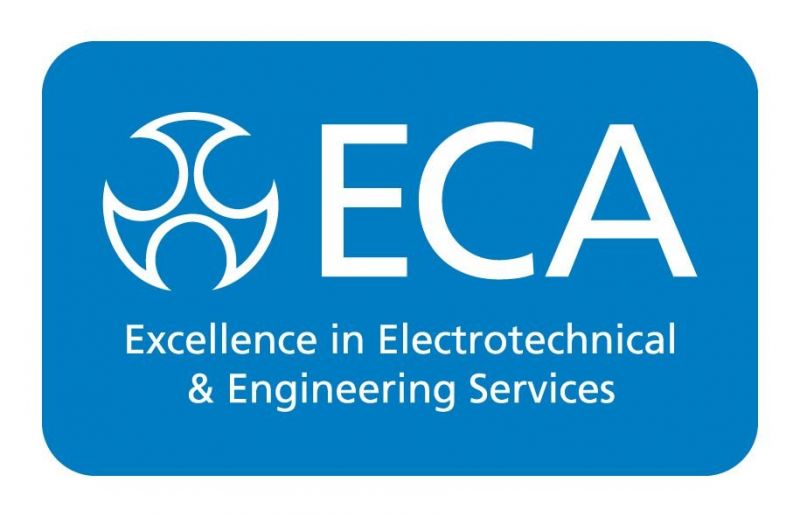16th January 2014 News: Cables - a risk to security?
The questionable quality and more importantly the suitability for purpose of cables deployed within the security industry is leading to calls for the establishment of standardisation, accreditation and assessment of cables sold in this growing market place. Here Iain Ballingall, spokesperson for the Approved Cables Initiative talks more about the issues.
Despite the 6% decline of the UK Electronic Security and Access Control Market between 2008 and 2010 the security industry is fully expected to recover and grow beyond its current valuation of £1.33bn by 2015.
The trend driving the market recovery is the integration of security systems, facilitated by the increasing deployment of IP technology, allowing the various sub-systems (Access Control, Intrusion, CCTV and Fire) to talk to each other and share information.
AMA Research's recent security market report UK - 2011-2015 highlighted the increased competitiveness of the market in general as end-users become increasingly focused on price and value for money particularly within the public sector.
Whilst a plethora of BS EN standards have been published their primary objective is aimed at assuring the integrity of security systems installed within the UK. The Approved Cables Initiative (ACI) believes that cables deployed within wired security systems represent a probable weak link. The cables actually installed and used on a daily basis may not be the same as the cables actually used to test and assure the reliability of the original systems. It is the variation in cable quality, performance and construction which most concerns the ACI that believes that the uncontrolled and ongoing commercialization of cable designs is adding unnecessary risk to the end-user.
British Security Industry Association (BSIA), the UK industries leading Trade Association, recognises the trend towards IP based integrated security solutions and has published a number of reference documents to its members which highlight the importance of the interconnects (wired or wireless) used during installation.
BSIA, through their form 210, highlights three forms of cable interconnections to be deployed within IP based systems. These include twisted pair (Category 5e and Category 6), coaxial cables and optical fibre cables. Other references to cables used within traditional analogue systems refer the user to BS 7671 (IEE Wiring Regulations) for the selection of suitable cable types. BS 4737-3-30 also remains current which provides some guidance relating to interconnecting PVC cables for use in intruder alarm systems. Other general advice relating to the selection of cables refers the installer to the equipment manufacturer’s recommendations. None of these references take into account the sub-standard products now evident within the UK market.
An ongoing review by the ACI of the cables currently sold into the UK security market has highlighted a substantial use of cables with questionable quality which it believes will probably jeopardise the integrity of analogue and IP based systems within which they are installed.
Frequently, CCA (Copper Clad Aluminium) cables are sold as low cost Category 5e cables. These cables do not comply with the recognised published European (EN 50288) or International standards which specify only solid copper conductors shall be used for cables used in Category 5e and Category 6 applications. Their quality therefore remains uncontrolled and largely unproven in terms of their electrical/transmission performance and materials integrity in these applications. These cables will function differently to standards compliant cables particularly in terms of their physical reach, i.e. the length of link to which the performance as defined in the appropriate standard can be guaranteed, bandwidth and ability to support power with the application of PoE enabled devises.
The market review also identified a significant penetration of CW 1308 telephone cables within the security market manufactured with CCS (Copper Covered Steel) conductors. Again these cables are sold as low cost alternatives to the originally specified full copper products. The use of copper covered steel in these cables will negatively impact the electrical transmission characteristics and the ability of the insulated wire to remain terminated within an insulation displacement connector (idc) connector.
Sub-standard multi-core alarm cables exhibit very similar hazards. Some examples have been seen where the original tinned plated copper conductors have, it appears, been substantially replaced by TCA (Tinned Coated Aluminium) conductors. The resultant cables are mechanically weaker. In the most extreme cases, the volume of tin employed is reduced to a minimum causing the conductors to become so weak that they break when stripped.
Coaxial cables also appear to have been substantially commercialised with no clear evidence of trials to ensure CCTV systems integrity. Evidence suggests that the ongoing commercialisation of RG 59, RG 6 and RG 11 cables is being undertaken unilaterally by the cable manufacturers and distributors in order to remain competitive. A typical change is to compromise the outer screen (the return conductor of the circuit) which will have a direct impact upon the intended transmission distance the cable can support. As a secondary issue the reduction of the screening area which will compromise the cable EMI performance.
On a positive note our research has confirmed that the optical cables being deployed within the security market appeared to be from recognised market leading sources.
The ACI maintains that cables remain a significant component within wired security systems whether they are of the traditional analogue type or the emerging IP based systems. The evidence gathered during market surveys suggests that the cables outlined above can represent a significant risk to the reliability of the installed system through what is perceived to be a distinct lack of systems reliability testing during which the sub-standard cables are used and proven to be reliable.
This "in field, fingers-crossed" approach to systems reliability appears to be at odds with an industry founded around the management of risk. Ongoing research demonstrates that whilst these alternative cables are marketed as bonafide designs, they are in fact frequently compromised and misrepresent the specification which they claim to comply with but also the application for which they claim to be suitable.
All too often during research, it was found that the reselling and installation of sub-standard cables was met with a claims of ignorance by many stakeholders. The general attitude being adopted in many parts of the industry is “well it works”. This may be true on day one but - reliability is about more than day one.
The ACI strongly recommends that contractors and installers of wired security systems ensure that when purchasing cables the systems manufacturer’s recommendations and specifications are followed implicitly to minimise risk for all stakeholders.






















